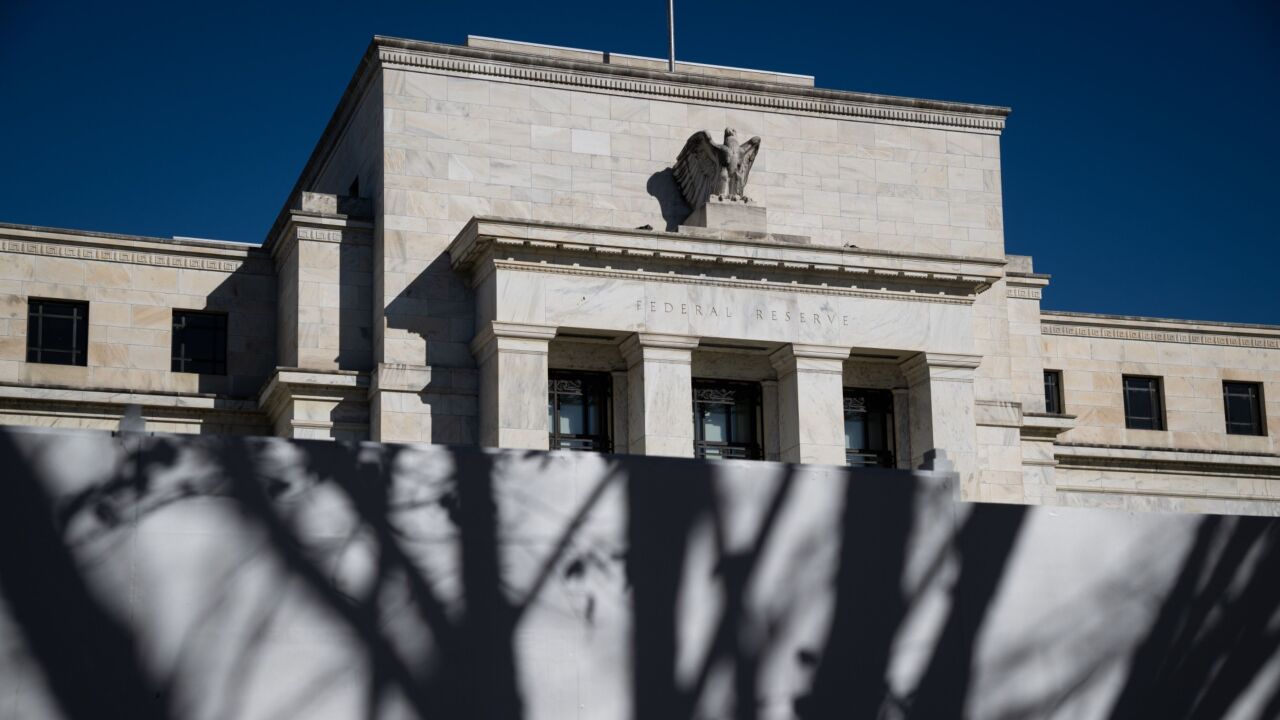Starbucks and American Express are both using cross-merchant rewards to boost their own volume, but with a very different philosophy driving each company's program.
Both companies' reward programs allow consumers to earn rewards from multiple merchants, but they differ in how those rewards can be redeemed. Amex's
And even though the companies seem to share a philosophy, their programs are so sweeping that they are likely to soon butt heads in their pursuit of merchant partnerships.
"So many of these programs get launched but not used," said Brian Riley, a principal executive advisor at CEB TowerGroup. "Maintaining these alliances is the challenge. You start out with great vision but how closely do you want to be tied with these brands? What relevance would [one brand] be for a program like this, or with the other brands?"
Starbucks has long credited the success of its mobile payment app now used for
Both Starbucks and Amex want to gather as much merchant and consumer interest as possible before losing ground to Apple Pay or the Merchant Customer Exchange's upcoming CurrentC wallet. Apple plans to create stronger ties between its mobile wallet and
Whether these strategies can attract consumers depends on the types of merchants that are in the network, and analysts say there both Amex and Starbucks' new programs have issues.
During Starbucks' third-quarter earnings call July 23, Chairman and CEO Howard Schultz mentioned The New York Times, Lyft and Spotify as partners for the new loyalty program. Spotify will purchase "Starbucks Stars" to distribute to music subscribers; the Times and Lyft partnerships will work the same way, with Starbucks Stars being offered as rewards for non-Starbucks purchases.
The partnership program will be limited to businesses whose customer demographics are similar to Starbucks' target audience, Schultz said. "What's really wonderful about this opportunity is that the gifts can only be redeemed at a Starbucks store," Schultz said.
That model is a challenge given that Starbucks is asking other companies to drive traffic to its own stores, according to Paul Martaus, a merchant industry researcher.
"For Starbucks, that is their modus operandi. They presume their customers are more loyal to them than anyone else," Martaus said. "Here you have a merchant that is convinced that their programs are so in tune with what their customers want that they can sway the market I can't imagine a retailer saying 'if you shop and buy stuff here, you can get free stuff at Starbucks.'"
It is certainly possible that the Starbucks brand has enough cachet to overcome these competitive concerns. Similarly, banks that might have once considered Apple a rival saw the value of promoting Apple Pay in their branches. Last year, U.S. Bank's Jason Tinurelli described being chosen as one of
Starbucks would not comment on the program for this article, though it highlighted some two-way benefits during its earnings call. Schultz mentioned Starbucks' employee partners would be given a premium Spotify account; Starbucks customers would receive curated New York Times content within its coffee shops; and all Lyft drivers will be made Gold members of Starbucks My Starbucks Rewards program.
This model is an opportunity for increased profitability and enables Starbucks to become "part of the daily ritual of an even larger-based number of consumers," Schultz said.
The coffee chain's overall loyalty program is growing fast. Starbucks reported it has 10.4 million My Starbucks Rewards members, up 28% from last year, accounting for 30% of total tender in North America. Starbucks has also done a good job of attracting people to pay with their smartphone, though Apple Pay's growth will challenge that, Martaus said.
"Apple Pay is trying to change the way people pay for things. Starbucks is trying to sell more coffee," he said, predicting Starbucks will eventually support Apple Pay in its stores (the coffee chain already
Amex also faces challenges for its Plenti program, which has the support of AT&T, Exxon Mobile, Macy's, Nationwide, Rite Aide, Direct Energy and Hulu, among others.
Plenti's model is different from Starbucks in that the rewards do not have to be redeemed at a single place. Plenti also allows Amex to accumulate payments data as a possible counter to MCX's wallet,
The Plenti program may seem to be more flexible for consumers, but program's issue is its current mix of merchants, Riley said. "It's focused on national merchants and is not ingrained in the local community," he said.
Amex did not return a request for comment.
Plenti does not require the use of an Amex card for consumers to earn points; Amex is the program's operator and marketer, but participating merchants can provide rewards for any type of payment, including cash. However, Amex is constrained by its limited number of relationships with smaller merchants, and the company has been using its
During Amex's earnings call last week, the company reported Plenti, which launched in March, has 20 million cardholders collecting rewards from the participating merchants. Jeff Campbell, executive vice president and CFO of Amex, called these consumers "collectors."
"It's like Disneyland calling its employees '
American Express will want every facet of Plenti to have the feel of a unique cross-merchant program, Luria said.
David Heun contributed to this story.





